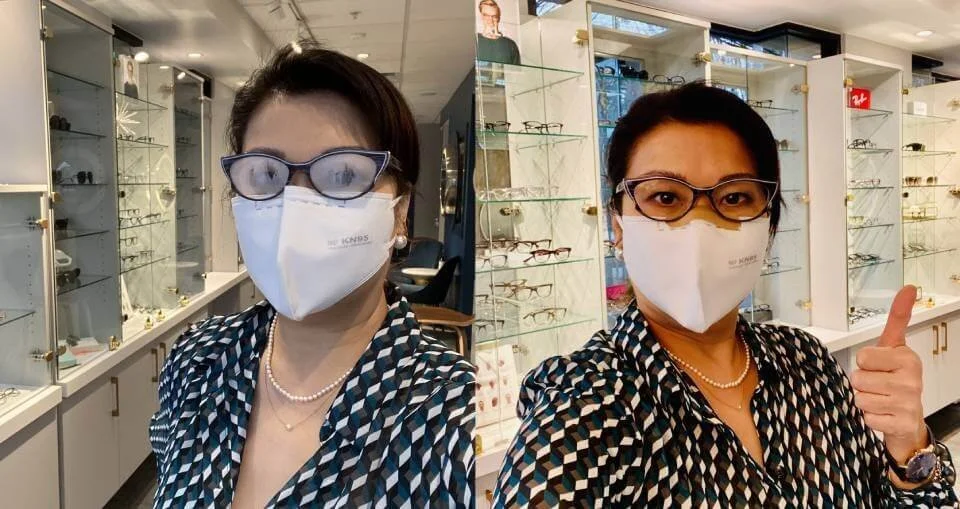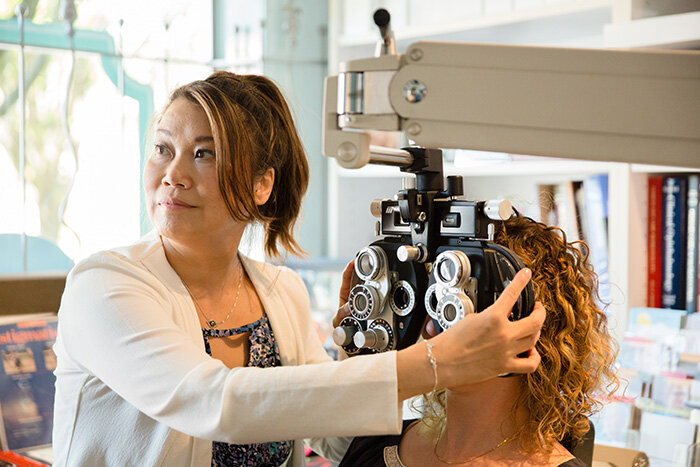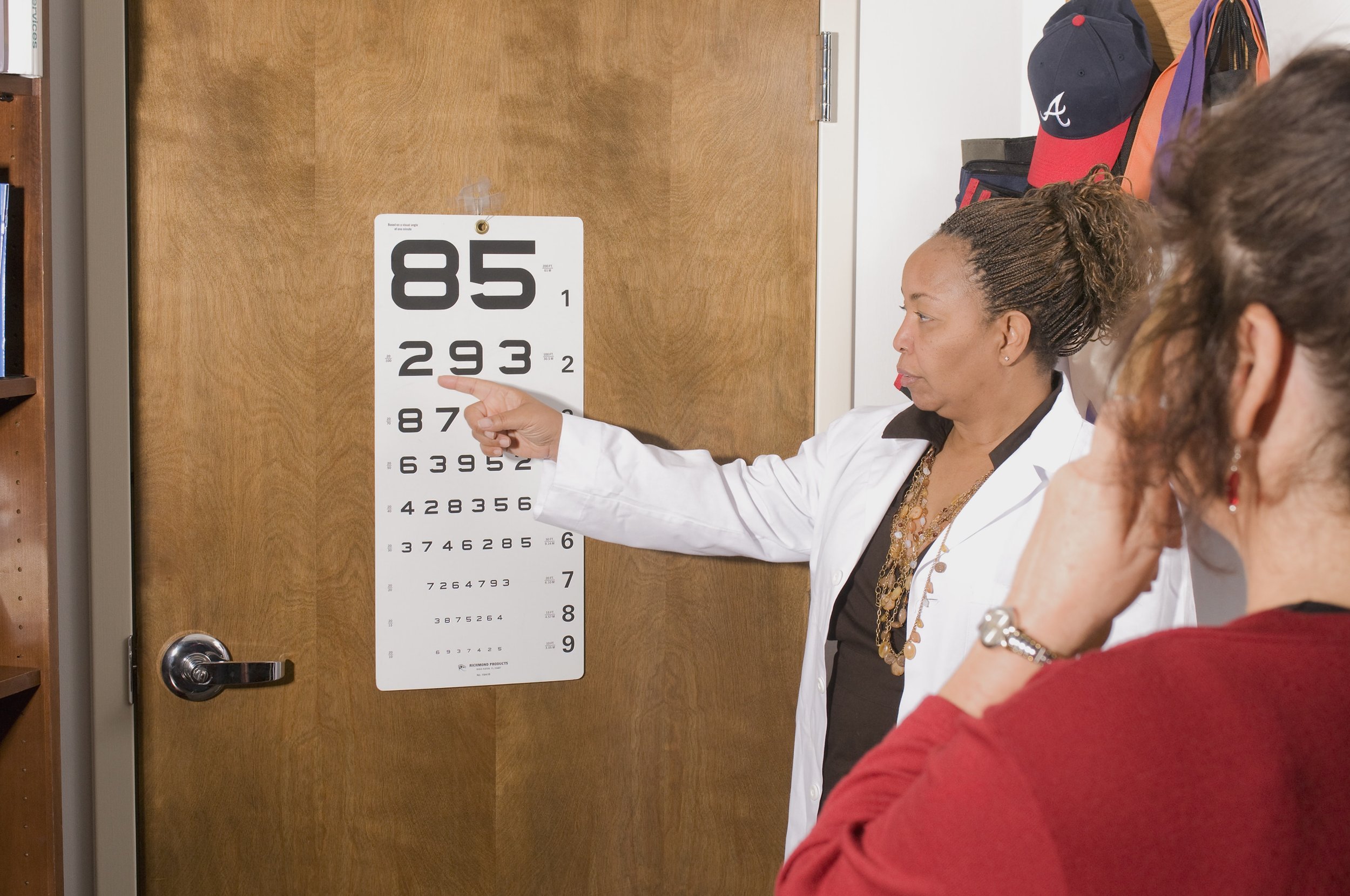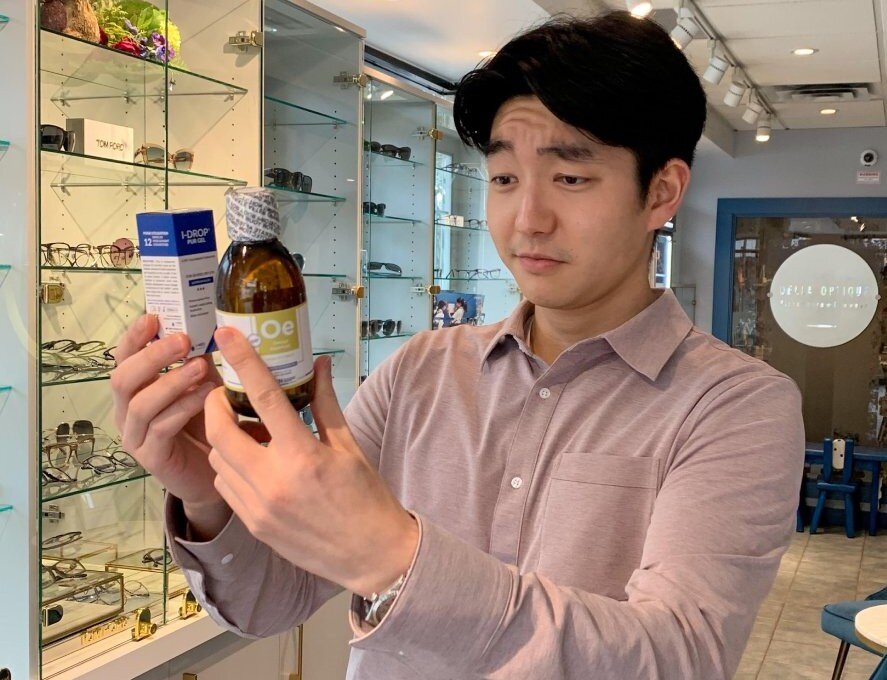How to Prevent Your Glasses From Fogging With A Mask
Since the outbreak of COVID-19, the world has gone through changes, some of which may last longer than we think — like wearing a mask to prevent the spread of viruses. On an international scale, people are donning masks and face coverings. While this is crucial to safety, those of us that need eyeglasses know the struggle of foggy glasses when wearing masks.
Wearing a face mask and glasses at the same time causes fogging that is annoying and can be dangerous if walking or driving. Impaired vision could lead to accidents or harm—which is why it’s imperative you keep your lenses clear!
Do you feel like your glasses are fogging up because they don't fit properly? Learn how Della Optique's personalized fittings can make a difference.
Why Do Glasses Fog?
Fogging is caused by condensation. Condensation occurs when molecules of water vapor combine to make tiny water droplets that hang in the air. When warm air hits a cooler surface, condensation forms. As warm breath escapes the top of your mask tiny droplets are released. These droplets become trapped behind your glasses, which causes fogging.
Warm Air—It’s Everywhere!
But glasses don’t just fog when you wear a mask. Foggy glasses occur when moving from the cool outdoors to a warm building, taking food out of the oven, opening the dishwasher or anytime that warm air hits your glasses. All of these scenarios occur when there is a noticeable temperature change.
How to prevent foggy glasses:
1. Create a Seal Using an Adhesive Strip
Placing an adhesive strip or Band Aid on the top of your mask is an effective solution to prevent glasses from fogging while wearing a mask.
Place the adhesive bandage on the top of your mask and over the bridge of your nose, so it sticks to your face mask and your skin. For a better seal, you may also choose to tape your cheek area. Make sure your mask is a good fit to prevent it from sliding around.
This solution was shared by Daniel M. Heiferman, MD, on his Twitter feed. This method stops warm air from escaping upward and prevents glasses from fogging up. It has been used for years by healthcare professionals to prevent protective eyewear from fogging while wearing surgical masks.
This solution will work on a medical mask or a cloth mask. As an added bonus, this hack also works to prevent your mask from slipping down your face!
Note: Do not place the adhesive strip on the outside of your glasses. Placing the tape on the outside of your glasses will not create the proper seal to the mask. In addition, the adhesive may stick to your lenses leaving a film behind that is difficult to remove and could actually damage your lenses.
Dr. Della Chow wearing a mask and glasses, using a Band-Aid to prevent her glasses from fogging!
What Kind of Adhesive Strip Works Best?
We recommend using an adhesive bandage you are familiar with and have used before. Everyone will have their own preference; however, try to use one with a strong bond that is gentle on your skin during removal.
Does Tape Work?
If you do not wish to use a Band-Aid, you can choose a different form of adhesive that will work just as well. Other options include:
Medical tape
Kinesiology tape
Athletic tape
Almost any adhesive, medical, or athletic tape will work to secure your mask. If you can find it, double sided tape is another option that can be applied between the mask and your nose for a tighter fit.
Be sure to avoid the more industrial types of tape including duct, electrical, scotch, etc. These tapes are not meant for the skin and may leave a sticky residue behind on both your skin and your eyeglasses. Before trying this method, try a patch test on your arm if using a new type or brand of tape.
If you have sensitive skin and tape is not an option, try some of the additional solutions below for a better fit!
Pain-Free Method of Removing the Bandage
When you're ready to remove your bandaged mask, and when it is safe to do so, there are a number of methods to have a pain free removal. Each of the options below weaken the adhesive of the bandage, making it easier and less-painful to remove.
Use water: Wet the bandage with warm water for 30 seconds before removal.
Use oil: Soak a cotton swab in oil. Most oils will do but we recommend baby oil or olive oil. Rub it over the bandage until it can be removed with ease.
Use rubbing alcohol: Similar to the oil approach, add rubbing alcohol to a cotton swab or cotton ball and dab it on top of the adhesive section of the bandage. Take care to avoid getting the alcohol in your eyes; rinse thoroughly with water if you do.
2. Wear Your Glasses Over Your Mask
To minimize fogging, be sure to wear your glasses over your face mask. Placing your eyeglasses behind a face mask will only create more hot air and fogging. We recommend following the steps below:
Put on facemask, secure ear loops, and pinch nose bridge clamp
Place the adhesive strip over the bridge of your nose
Put your glasses on
3. Wear Your Glasses Further Down Your Nose
If you’re still experiencing foggy lenses after following steps 1 and 2, we recommend moving your glasses further down your nose. They do not have to be moved to the tip of your nose, just a slight adjustment downward should do the trick. For a snug fit, wearing a soft cloth mask will help your glasses cling to your nose so they don’t slide around.
4. Use an Anti-Fog Spray
In addition to the bandage trick, we recommend using a reliable anti-fog lens spray to help prevent foggy glasses. This adds an extra level of protection to your lenses when it comes to condensation build up and can go a long way when it comes to day-to-day clear lenses.
You can purchase anti-fog lens sprays at most drug stores or at your local ophthalmologist's office. Spray a thin layer over your lenses, let it sit for a minute or two then rub in with a microfibre cloth. Once the lenses are dry you can wear a mask and glasses without fogging.
If you’d like to take a more DIY approach, a popular homemade anti-fog for glasses is Perts shampoo. Rub a small amount of Perts shampoo on both sides of your lenses with a microfibre cloth until the lens is clear. Use a clean part of the cloth to get the lens totally clear if needed.
There are some videos and articles online that say shaving cream, baby shampoo, and toothpaste are hacks that help prevent fogging. We do not recommend these methods because these materials can permanently damage your lenses.
On top of anti-fog sprays or coatings, it is important to properly clean your lenses with soapy water or a mild dish soap. Then, gently wipe with a microfibre cloth while allowing the lenses the appropriate amount of time air dry. Finally, pop on your mask and glasses and get on with your day!
5. Order Lenses With an Anti-Fog Coating
One of the most effective approaches to preventing foggy lenses is to start at the source! If you’re due for a new pair of glasses, we recommend ordering them with an anti-fog coating, which prevents water vapour from sticking to your glasses.
Expert quality, internationally sourced
We are passionate about getting you into the right frames and will work with you until you are completely satisfied. Book an appointment with Della Optique for an eye exam, custom fitting, lens edging, and more. Don’t forget to keep wearing face masks!
- Blog post co-written by Dr. Bosung Kim & Dr. Della Chow











